Submarine power cables, the US and Europe’s idea for energy security
Submarine power cables: A bridge between the United States and Europe relegated to the abyss of the Atlantic Ocean. This is the plan that the two souls of the West have in mind to ensure greater energy security in uncertain times when energy is crucial, and the prospects for world peace are in crisis.
The Irish Independent reported the preview of the ambitious plan, not coincidentally because Ireland is supposed to lead the initiative of at least the North Atlantic Transmission One Link, known as NATO-L. This is the idea of laying a pair of cables on the bottom of the North Atlantic Ocean for over 3,500 kilometres in order to transport up to 6 gigawatts of electricity in both directions.
An ambitious, expensive and lengthy plan
An electrical interconnection aimed at safeguarding the respective reserves of the two NATO blocs, managed by Ireland, a neutral country leading a military plan, might seem an odd starting point for a project that has no precedent as an energy transport infrastructure.
On the other hand, estimates indicate a cost for construction of between 20 and 40 billion euros (the width of the range shows how complex it is to have an idea of how many resources will be needed once work begins) for a time span that could stretch to 15 years. A long time, when compared to the current speed of technological evolution, which could perhaps churn out solutions that are more effective or lighter in terms of resources employed than Nato-L.
Faced with the high costs and cables expected to arrive in Canada and the United States on the one hand and Ireland, France, and the United Kingdom on the other, in this first phase, those in charge hope to start a fund-raising campaign by the end of the year to obtain between 5 and 20 million dollars to cover the expenses of the first three years, dedicated to investigation and planning.
At the moment, among the personalities connected to the Nato-L project is the Franco-British Laurent Segalen, CEO of Megawatt-X, an investment platform for energy transition based in London. However, the best-known name is Simon Ludlam, the director of Greenlink, a €1 billion electricity interconnector built between Co Wexford, Ireland, and Pembrokeshire, Wales, which is expected to be operational by the end of the year.
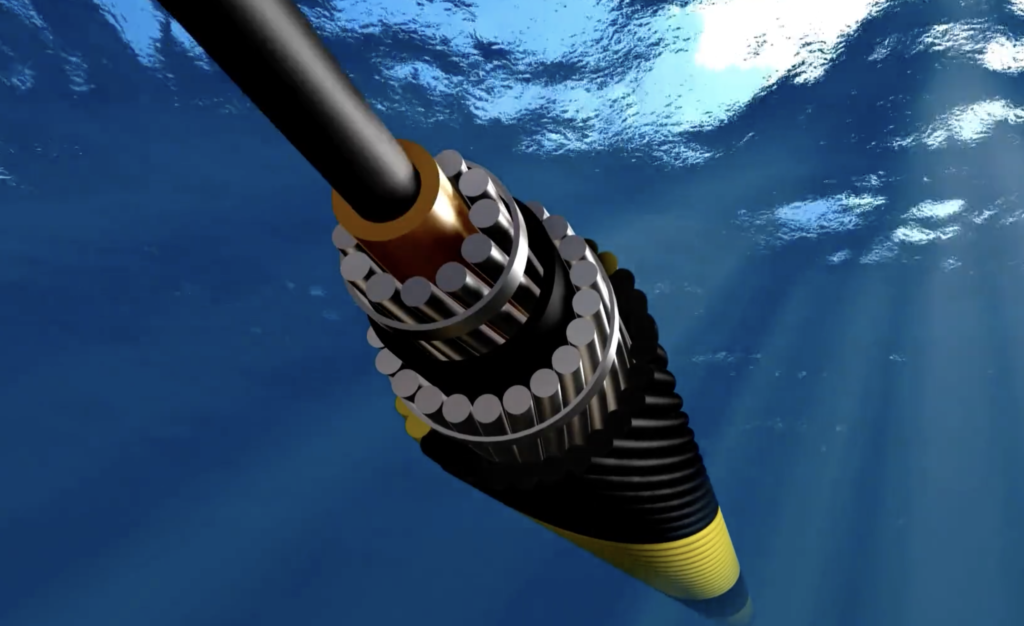
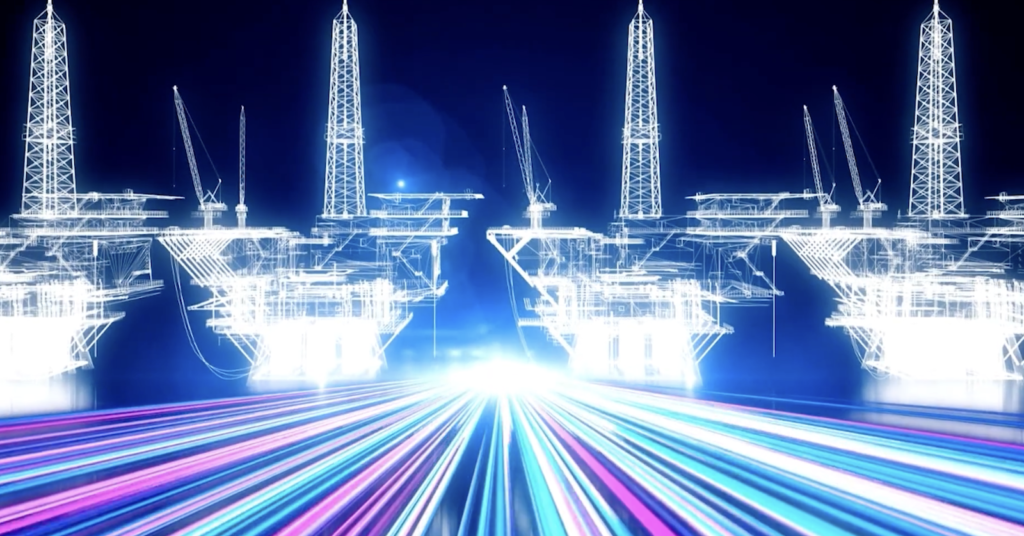
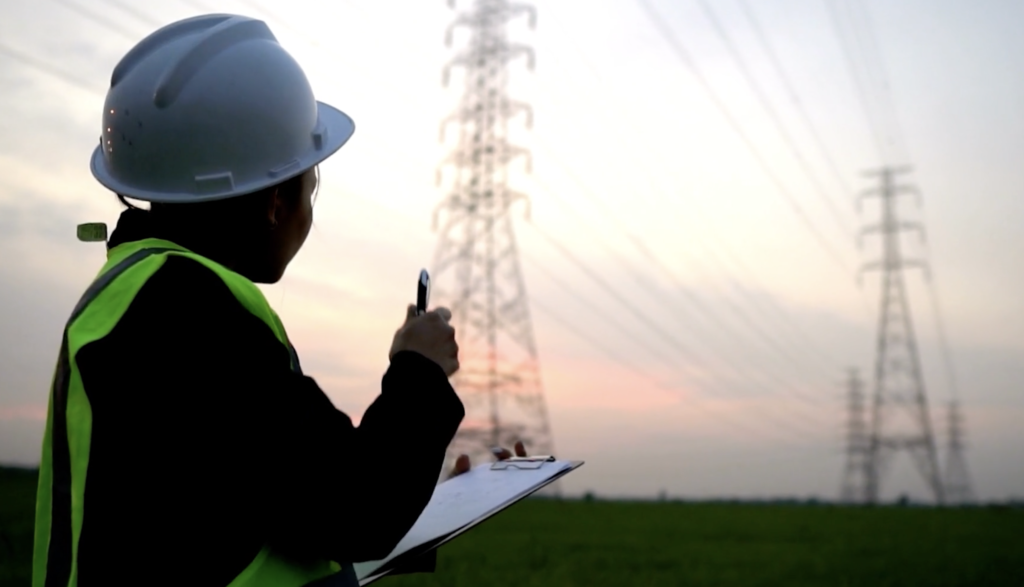

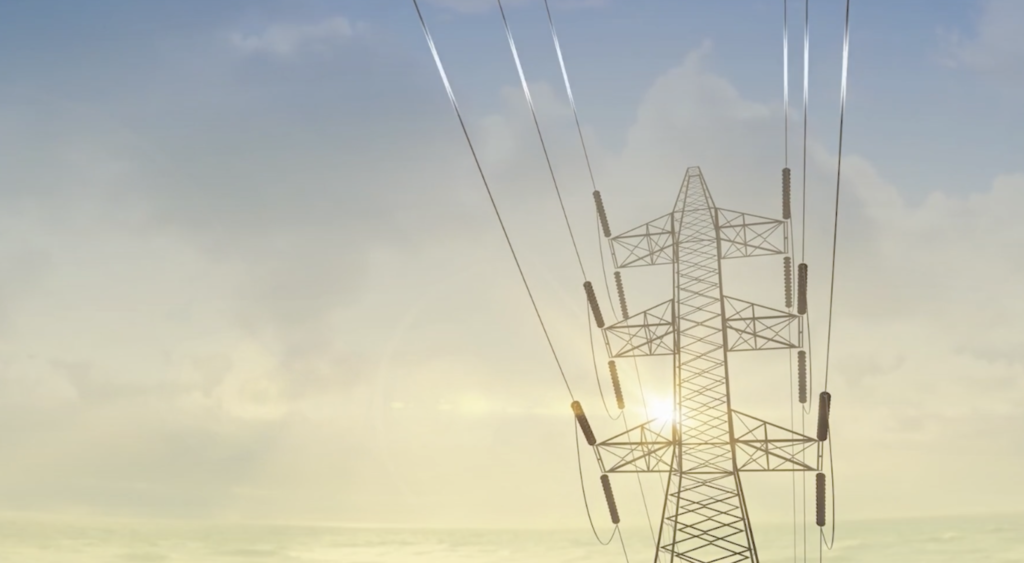
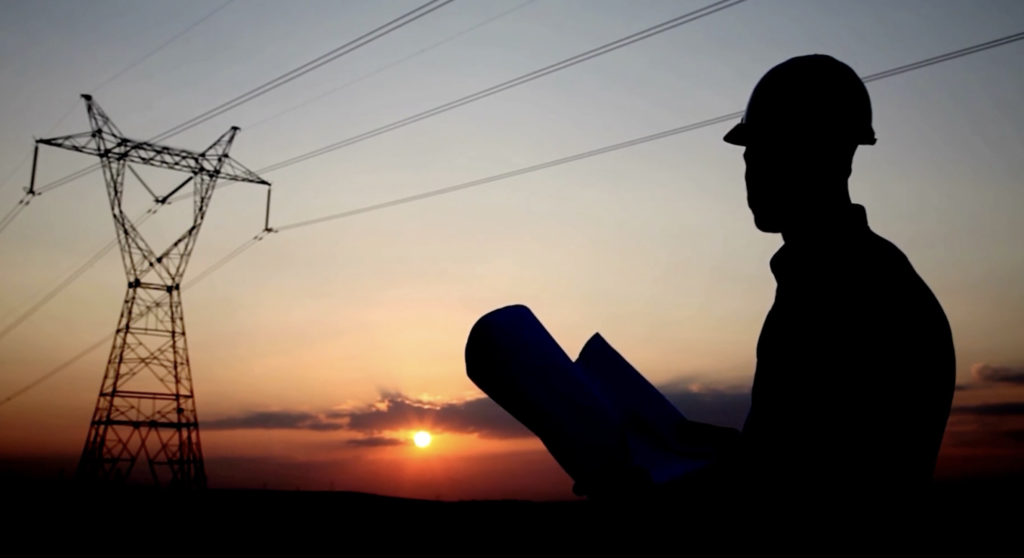
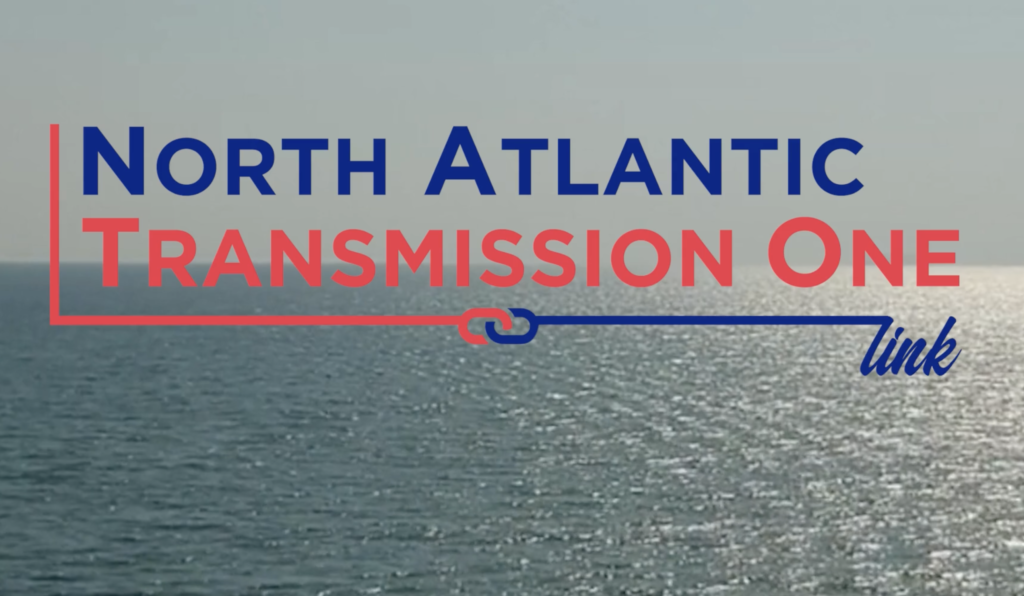

Public-private partnerships and closure to others
The idea behind supporting Nato-L is to create a public-private partnership. ‘Any interconnector needs public support. There is a lot of interest and curiosity about it. We are having interesting conversations at a relatively high level,’ Segalen said of Nato-L’s reception, which is not just an energy plan. There is, in fact, a geopolitical issue because the union of Nato countries excludes the others. The founders have made it clear that neither funding nor material from China and Russia will be accepted, precisely so as not to undermine the US-Europe agreement.
In the midst of what is, for now, a very theoretical vision, there is one certainty: if realised, Nato-L could change the energy integration between the allied countries because the dual direction of the submarine cable, combined with the time zone, would allow electricity to be managed effectively on both sides. Energy could be channelled to the United States during the morning in New York, when it is nighttime in Europe and therefore energy demand is lower. Replicating the process in the reverse direction, with energy pushing towards Paris, London, and Rome when the sun is high in Europe.
Although this project aims to reduce US and European energy dependence on other countries, several critical issues must be considered. Besides the financial resources to be put on the table, what reaction would NATO-L generate on the international stage? How would the plan impact on the broader roadmap to respond to climate change? And how would the infrastructure be protected from potential attacks, as evidenced by the sabotage that increasingly targets undersea fibre-optic cables? These questions are unanswered for now but need to be thought about before setting in motion a plan that is as ambitious as it is complex and by which the energy future of Europe and the United States depends.



